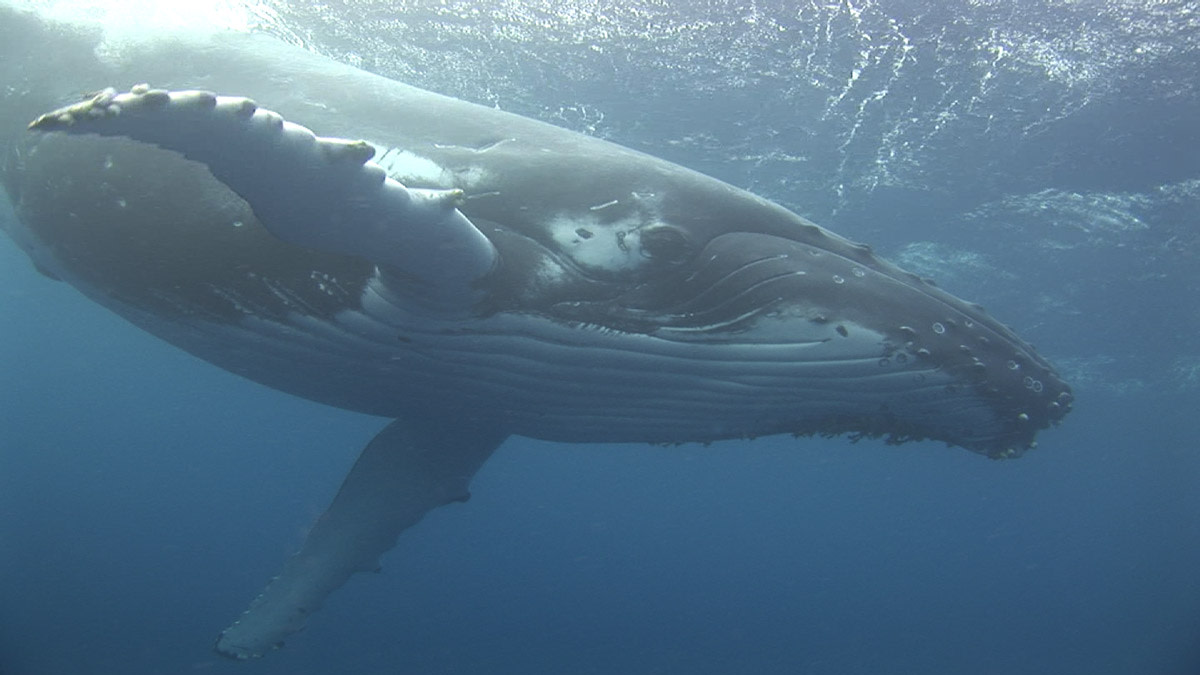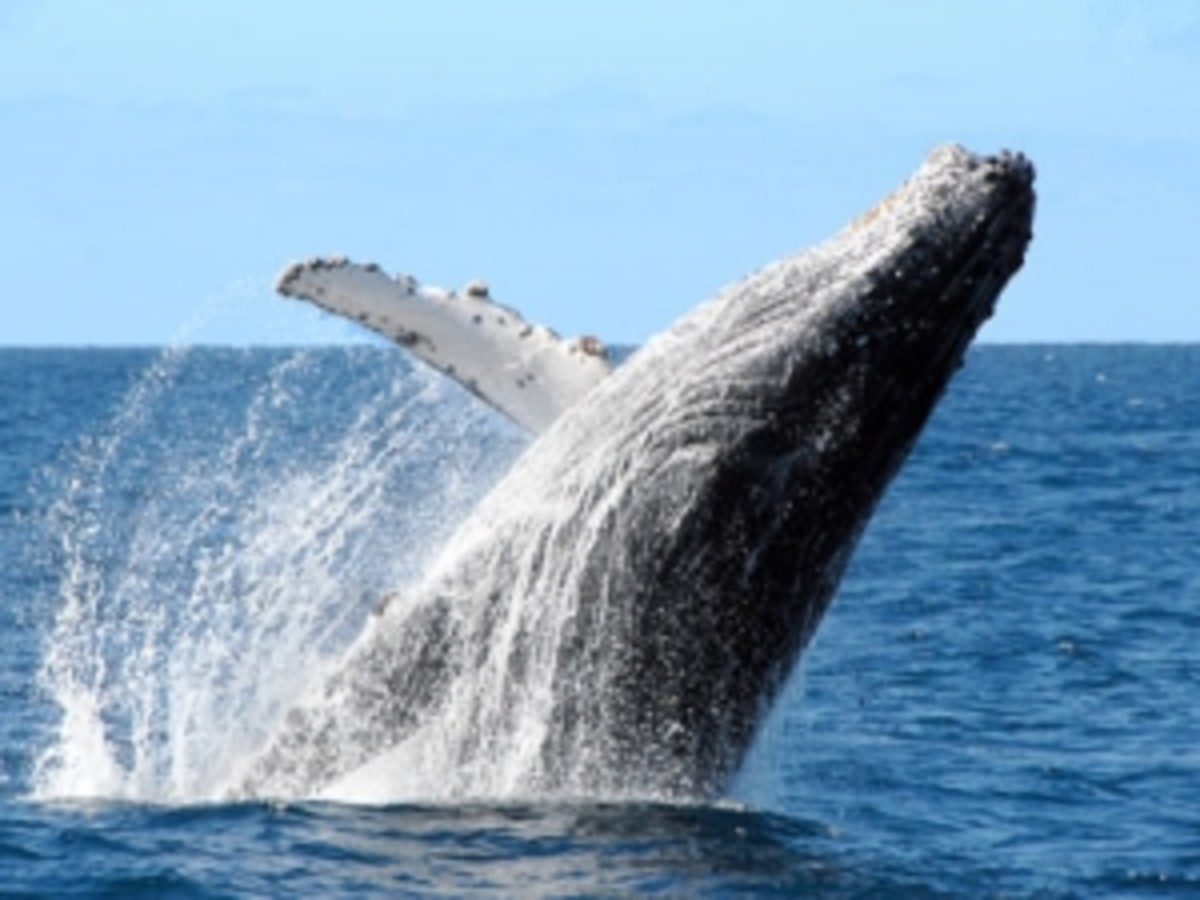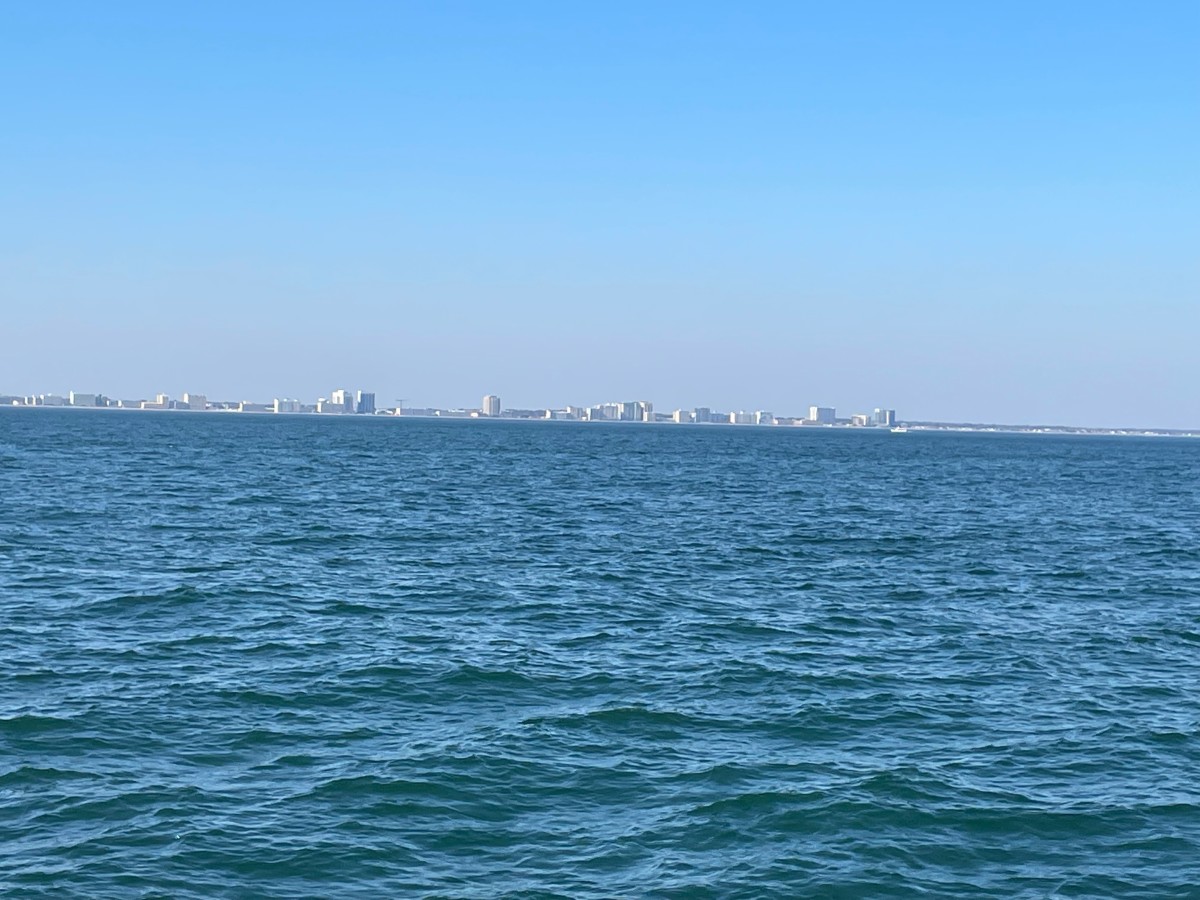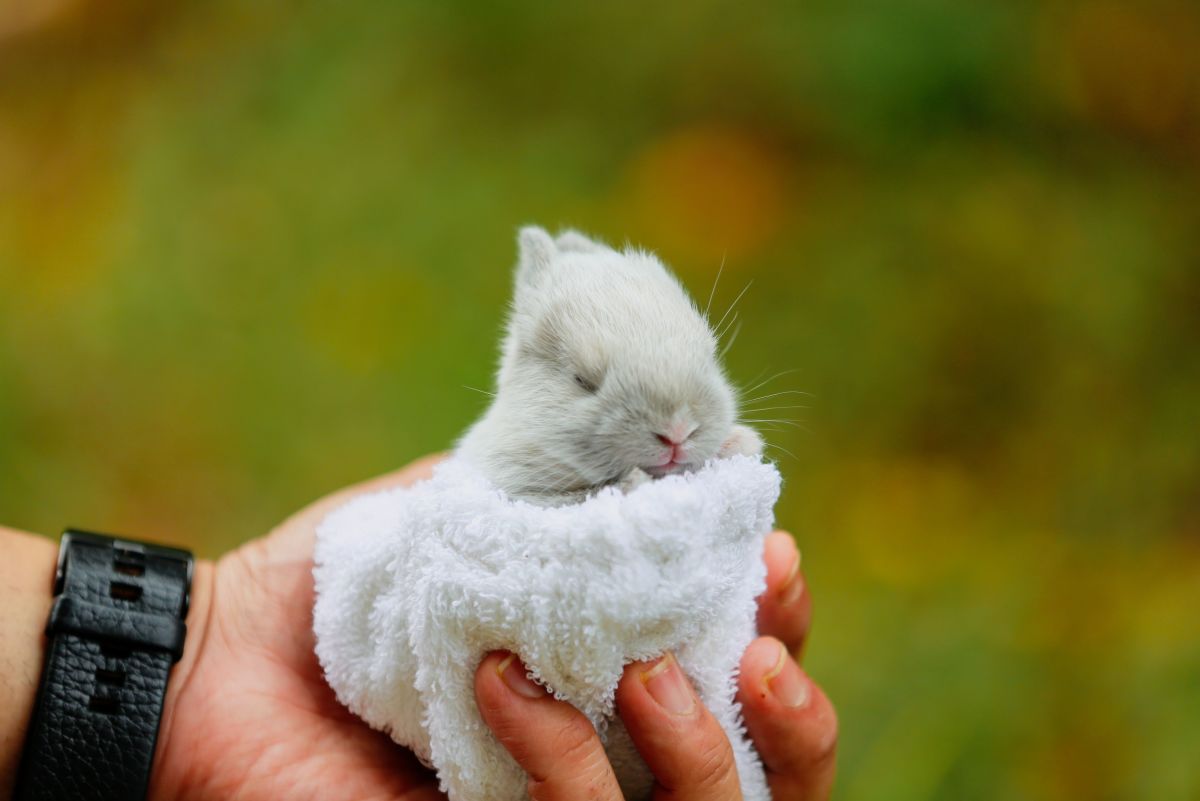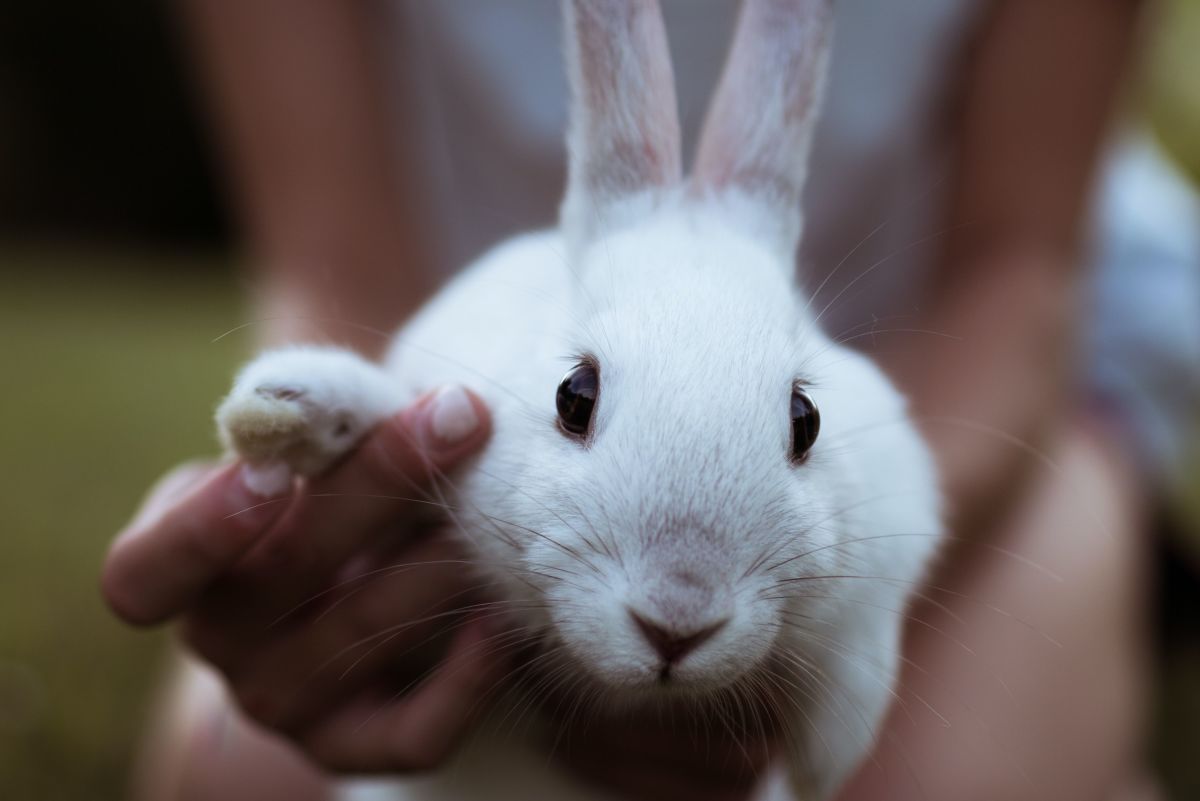life of whale
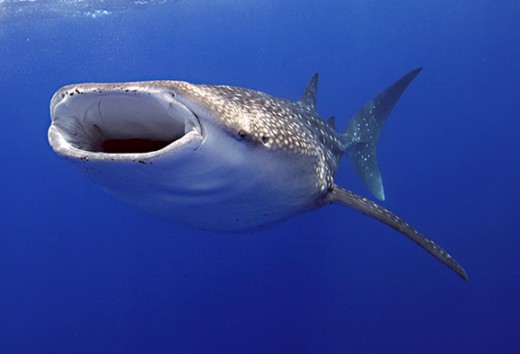
The whale is the largest creature in the world. A blue whale grows to about 30 metres and weighs more than 2500 people. Its tongue is ticker and heavier than that of an elephant. Some of its arteries are big enough for a child to swim through. The half-tone heart has walls two feet thick and pumps eight tons of blood. In spite of their size, whales can move at a good speed. They can do 32 kilometers per hour. This is because a whale’s body is streamlined and skins are loose and slippery. A whale can eat up to 9000 pound of food a day. Although they eat a lot of food, they are skimpy eaters compared with man some whales eat only two to four times their weight per year while some of us eat 15 times our weight. Through fish and whales live in water, whales do not behave like fish.
In fact, they behave like human beings.
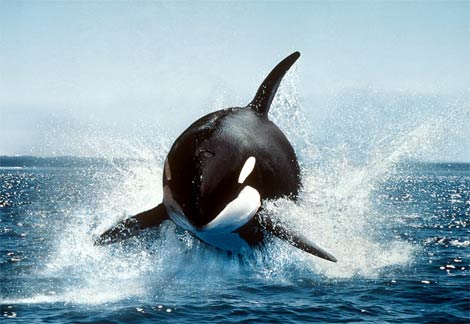

We can learn a lot from them. Many whales show strong family ties. They young remain with their parents for up to 15 years or more. Like some land mammals, whales live in herds and travel seasonally between feeding and breeding grounds. In time danger they look after one another. When a member is wounded or sick, the others do not abandon it. They many cradle it between them or support it on their backs so that it can breathe. This kind of behavior has often led to their ruin. A whole group can be picked up by whale hunters. Their maternal instincts are also highly developed. Because a calf of born under water, the mother must get it to the surface before it drowns. Often another whale comes to its help. The mother nudges the baby gently until it can swim.
It takes to about 30 minutes for the baby to learn swimming. The whale is a mammal and, like alls mammals, whale babies feed on their mother’s milk. The mother squirts milk directly into the baby’s mouth and a blue whale mother squirts 130 gallons a day. The milk is more than 30 percent fat and 10 percent protein, and the babies grow extremely fast. A blue whale calf lengthens by inches a day gains an average seven pounds per hour. Mother whales have been seen fondling their babies. Their flippers are used like hands to clasp, coax and discipline. In his book the whales: mighty monarchs of the sea, Jacques Cousteau describes an incident in which a mother swam after the calf and pushed it away from a ship. She struck the hull several times with her flippers. Obviously she did it to teach the baby not to confuse a slip’s hull with a mother’s stomach. Whales have a way of communicating with their own kind. They keep in contact with one another through snores and groans.
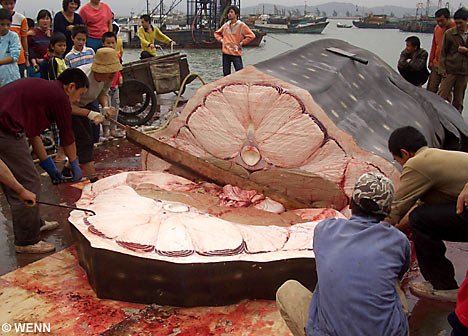
A herd spread over several square miles almost certainly knows where everybody is. Whales have loud voices. A blue whale can bellow as loud as loud as a lion. Specialists say that whales can communicate over thousands of miles. Whales love music. Some whales sing beautifully for twenty hours at a time. All the whales live in the same area and sing the same songs. But every few years their tune completely changes. In 1985 the Russians used sound to rescue some 3000 whales trapped in a narrow strait off the bearing sea. Ice breakers had cleared the escape path, but the whales were frightened by the noise of the engine and propellers, and they refused to leave. Then the ships began to play music through loud speakers. As soon as they heard the music the whales began to swim through the narrow channel to freedom.

